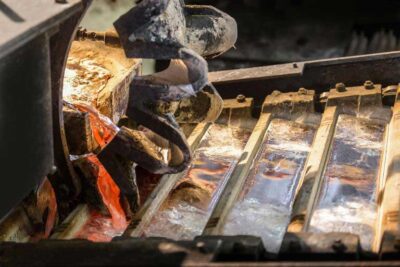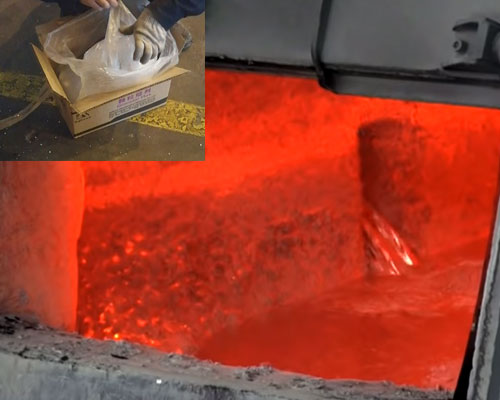Due to excellent mechanical properties, processability and recyclability, aluminum and aluminum alloys are widely used in various fields. Aluminum alloys that are produced from waste and reach their end of life are collectively referred to as scrap aluminum, including aerospace materials, aluminum doors, and aluminum-containing other waste. With the increasing energy conservation, emission reduction and resource consumption, the aluminum recycling industry is developing steadily and becoming more and more important.
However, there are problems of degradation and low added value. Statistics show that 700,000 tons of aluminum cans reduce materials that reduce the quality of doors and windows each year, which leads to low added value in the recycling industry. Although the industry has diverse sources, most sources only provide low-quality or even contaminated debris. Therefore, microstructure control is necessary and important to obtain high-quality secondary aluminum.
In order to effectively control the microstructure, methods such as refinement, modification and deformation are used. The multi-stage impurity removal and refining process used to recover aluminum includes the following steps: screening pretreatment, drying, preheating, smelting, refining, and removal of embedded substances in waste. By using rare earth modifiers, refining agents and inert gases, the mechanical properties and purity of molten alloys can be improved. However, the inert gas used was nitrogen, resulting in the formation of aluminum nitride. In addition, no method of controlling the microstructure is disclosed, and the deformed aluminum does not involve an alloy.

The high-efficiency and energy-saving refining process includes the following steps: pre-sorting, smelting, slagging and separation of hot ash. The invention does not use the traditional recycling method, but reuses the waste through a one-step method, and grinds and refines the slag to reduce the aluminum content in the slag. However, the present invention does not disclose a method of degassing and removing impurities from molten alloys and controlled microstructured aluminum alloy billets and profiles.
Al-Si alloy coarse grain refinement process, this process uses a combination of gear stirrers to stir semi-solid aluminum-silicon and rotate at high speed, so that coarse dendrites are broken and refined into normal structures. The Al-Si alloy grains can be further refined by extrusion. However, the present invention does not involve modification during curing, degassing, removal of impurities, deformation and grain growth.
In summary, the method for controlling the microstructure of recycled aluminum alloy blanks and profiles includes the following steps: reducing or avoiding the formation of aluminum nitride, effective degassing, impurity removal and modification. The control of the microstructure determines the quality of recycled aluminum products.

